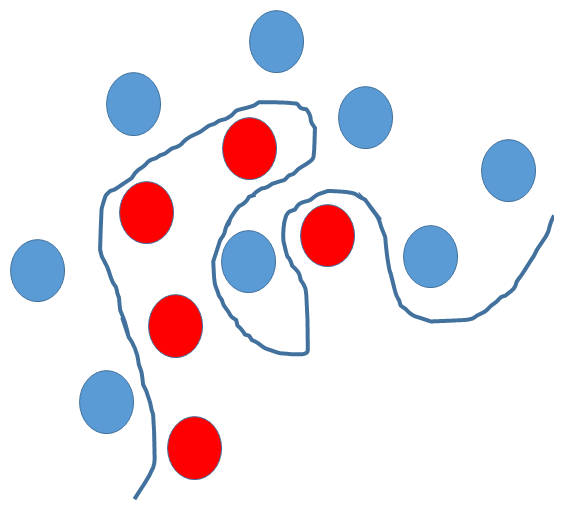This chapter will provide you with an overview of natural language processing (NLP) and discuss how NLP can be combined with machine learning to provide solutions to problems. Then, the chapter will take a real-world use case of doingspam message detection by utilizing NLP, combined with the linear SVM classification model. The program will be implemented as a mobile application using Core ML for iOS.
To handle text in machine learning algorithms, we will go through the various NLP techniques that will be used on the text data to make it ready for learning algorithms. Once the text is prepared, we will see how we can classify it using the linear SVM model.
Problem definition: The bulk SMS message data is provided, and these messages need to be classified as spam or non-spam messages.
We will be covering the following topics in this chapter:
- Understanding NLP
- Understanding the linear SVM algorithm
- Solving the problem using linear SVM in Core ML:
- Technical requirements...


